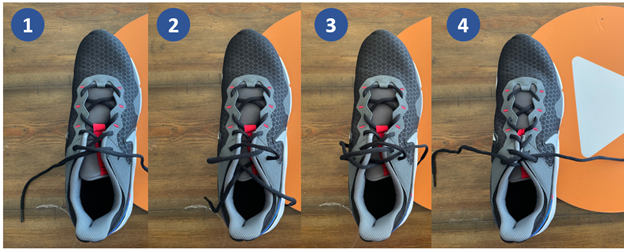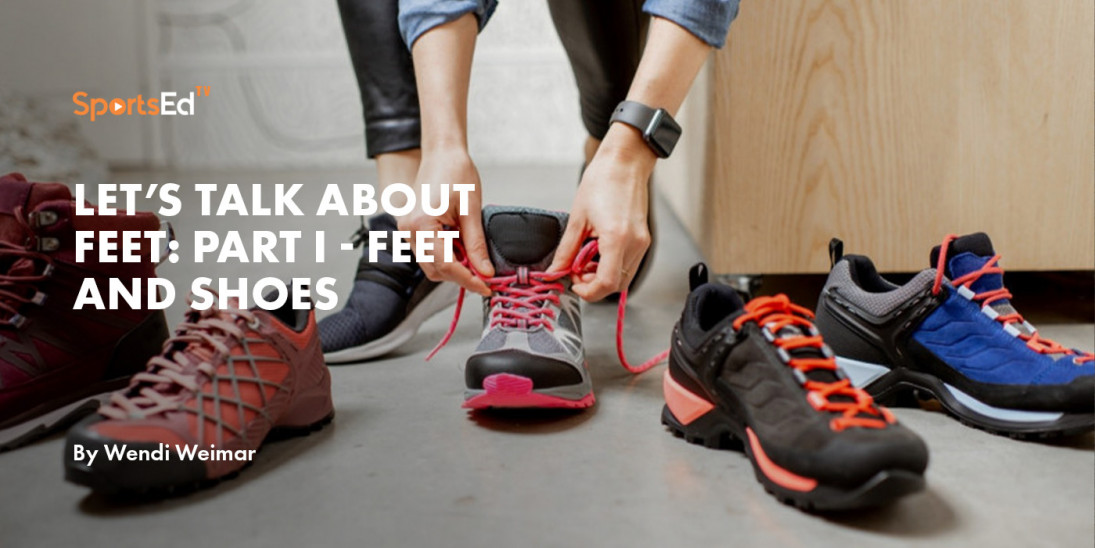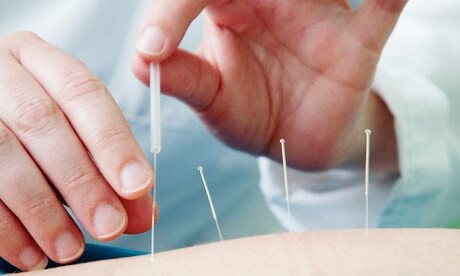Health, Running
Welcome and thanks for visiting...

How To Choose The Right Shoes
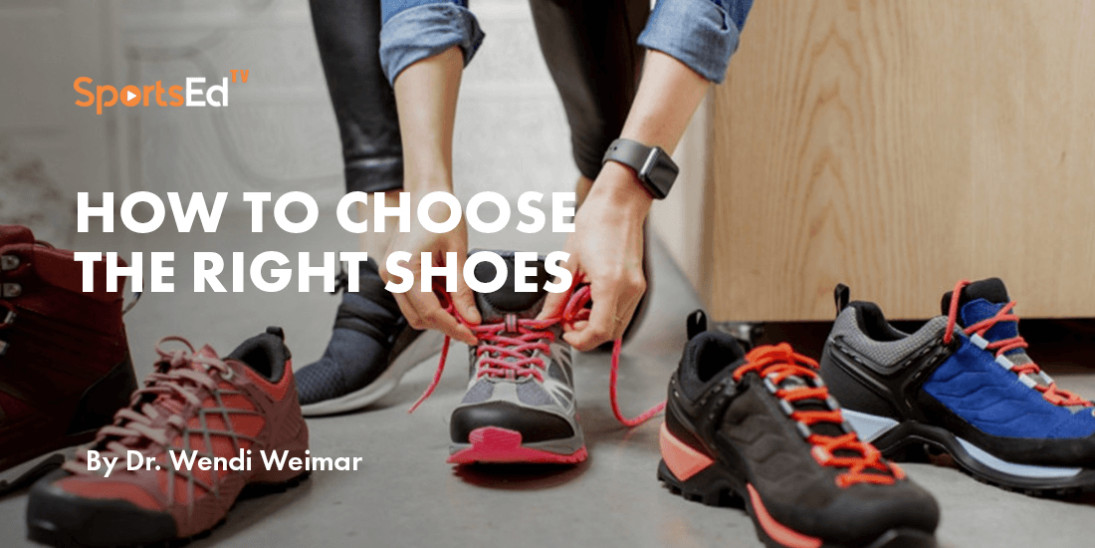
Most people buy shoes based on the following criteria: (1) how do they look, and (2) how do they feel, but mostly how they look. This approach does not always lead to the best shoe choice, both from a short- or long-term perspective. While we often think of the body as one entity, we need to appreciate that it is composed of a series of moving parts that must work both independently and collectively. You can refer to the common childhood song: “The knee bone is connected to the thigh bone. The thigh bone is connected to the hip bone.” All parts of the body move in reference to one another. When referencing this song to the purchase of footwear, shoes should be purchased based upon how they help your foot move and how it helps the rest of the body move. Shoe stores will tell you that if you have a low arch you need a motion control shoe, if you have a high arch you need a cushioning shoe and if you have a neutral arch then you will need a stability shoe. The first issue is that most people do not know what type of arch they possess. To determine what type of arch you have you can do the water test, where you get the bottom of your feet wet and then step on concrete or a towel and notice the shape that your wet foot leaves behind.
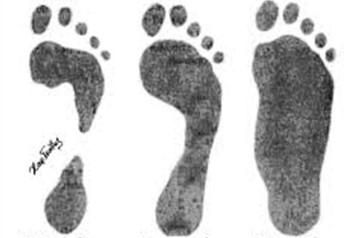
While this is a great initial analysis, purchasing a shoe is not as simple as that. Another issue of purchasing shoes does not only surround the shape of the arch, but also the compliance of that arch. For example, it is possible that you have a neutral arch, but if it is very complaint, you may need a motion control shoe. So, don’t just look to the shape of your footprint while you are standing, but compare that footprint to when you are sitting. The difference will indicate how compliant your arch is and help you in making your shoe decision.
So, you have found the shoe you want to buy, and it has all of the footbed features that fit your foot, but are you really you taking advantage of these footbed features? A simple method that you can use to take advantage of these features and ensure your foot rides properly within the shoe is to tie your shoe correctly. One method is called the heel lock or the runner’s loop and it will help your foot and the shoe move as one unit, instead of allowing your foot slide within the shoe. Specifically, this lacing technique will join your foot and shoe by sinking your heel into the heel cup. To complete this lacing technique, you should first unlace the last (or top) eyelet on both sides of the shoe. You should have an open eyelet on the big toe and little toe side of the shoe, and a shoelace on the big and little toe side as well. Here is the trick, take the lace that is on the big toe side, and put it through the eyelet on the big toe side, DO NOT bring it to the little toe side….yet. Be sure to leave the lace loose, kind of a like a loop and follow the same steps with the lace on the little toe side of the shoe. These 2 loops become the last (top) eyelet, now take the lace on the big toe side and pass it through the loop on the little toe side and take the lace on the little toe side and pass it through the loop on the big toe side. Tug on the laces and tie as usual. You will feel your foot and the heel cup of the shoe come together. If you need help with the lacking process, check out the photo below or watch the video below.
